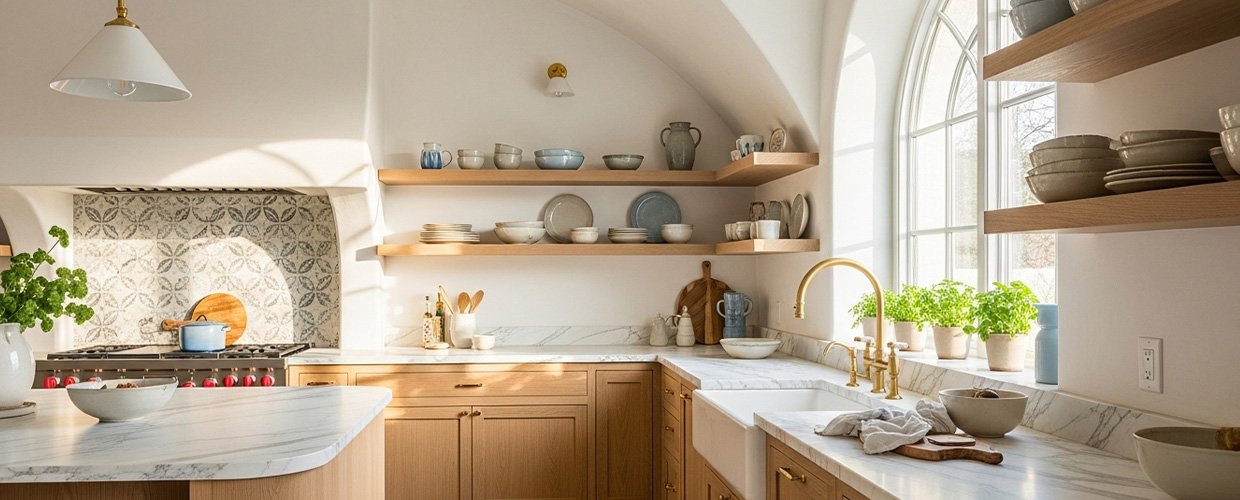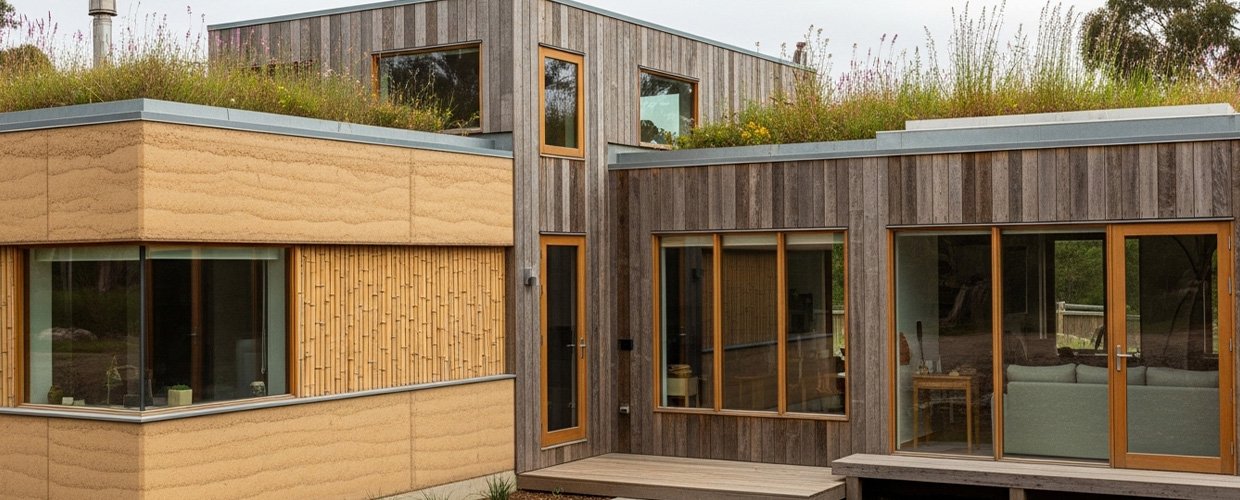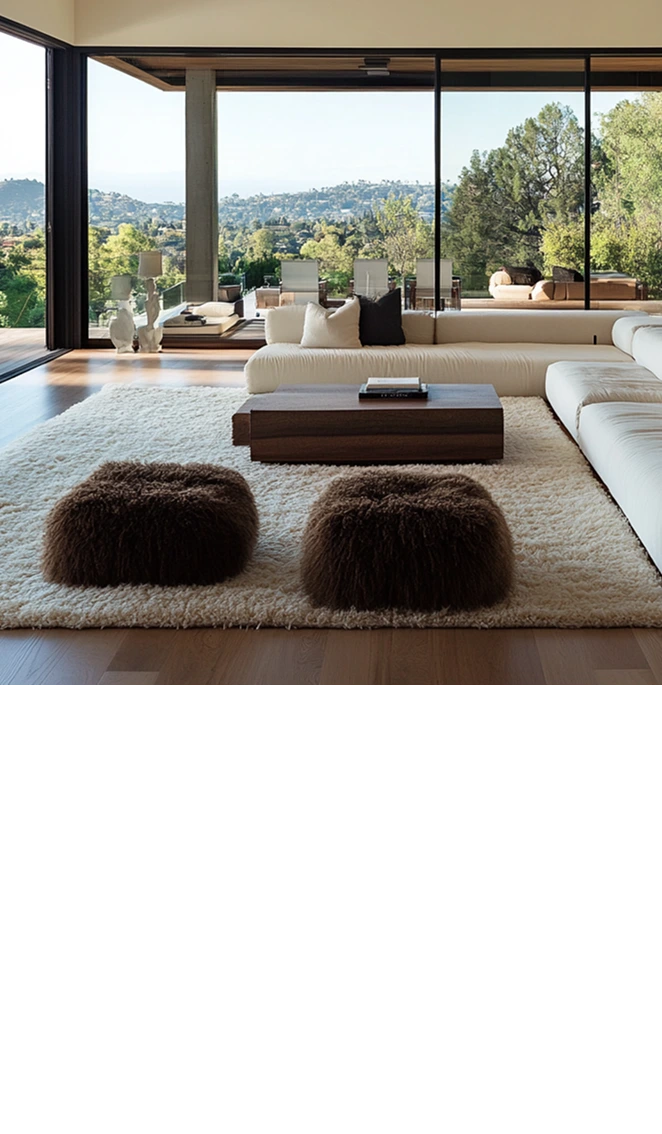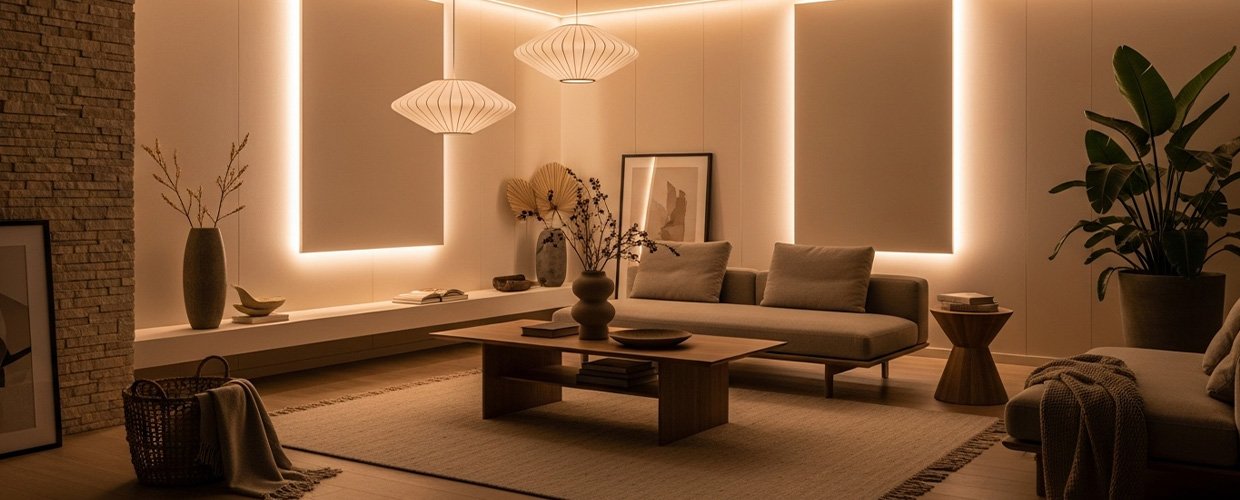
October 17, 2025
Lighting Design Ideas for a Modern Home
In the realm of contemporary design, lighting transcends its functional origins, evolving into an art form that shapes the ambiance and character of a modern home. At AB Concepts, where we celebrate the poetry of space, lighting plays a pivotal role in crafting environments that tell stories through light and shadow. For those who appreciate the intersection of form and function, lighting is not merely an accessory; it’s an integral part of the architectural narrative. As we explore ‘Lighting Design Ideas for a Modern Home,’ we delve into how strategic illumination can transform your living space into a sophisticated, timeless haven. Whether you’re a homeowner seeking to enhance your existing space or a design enthusiast eager to infuse your environment with personality, understanding the principles of lighting design is essential. From the gentle glow of ambient lighting to the drama of accent lighting, each type offers unique possibilities to elevate your home. Let us guide you through the artful dance of luminescence, where every room can be a stage, and light is the storyteller.
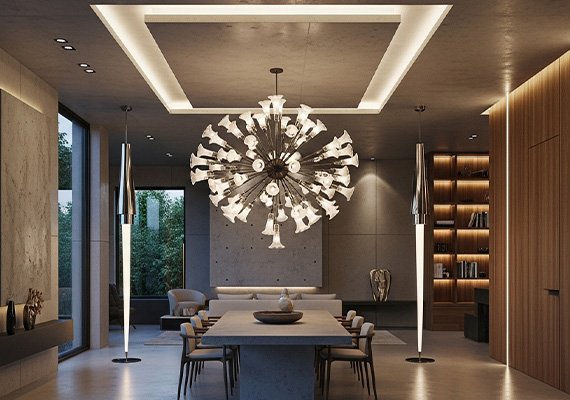
Lighting in a modern home is about creating layers and depth, achieving a balance that complements the architectural elements while enhancing the functional aspects of each space. At the heart of effective lighting design is a thoughtful consideration of how light interacts with the environment. Begin with ambient lighting, the foundation layer that establishes the general illumination of a room. This could be achieved through ceiling-mounted fixtures or recessed lighting, providing a soft, even glow that ensures comfort and visibility. Next, consider task lighting, which is essential for areas where specific activities occur, such as reading, cooking, or working. Desk lamps, under-cabinet lights, and pendant lights over kitchen islands serve this purpose beautifully, offering focused light where it’s needed most. To add depth and personality, incorporate accent lighting. This layer highlights architectural features, artwork, or design elements, drawing the eye and creating focal points. Wall sconces, track lighting, and spotlights are excellent choices for accentuating the unique aspects of your home. Finally, consider the integration of natural light. Large windows, skylights, and strategically placed mirrors can enhance the flow of daylight, reducing the need for artificial light and connecting the interior with the outside world. The interplay of natural and artificial light can create dynamic spaces that shift in mood and function throughout the day. By embracing these layered approaches, modern lighting design becomes a tool not just for visibility, but for creating spaces that are both beautiful and practical.
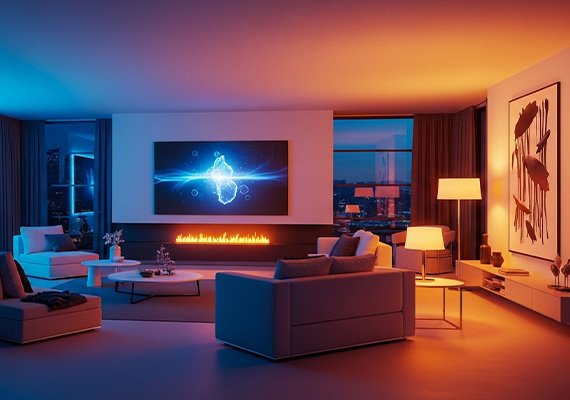
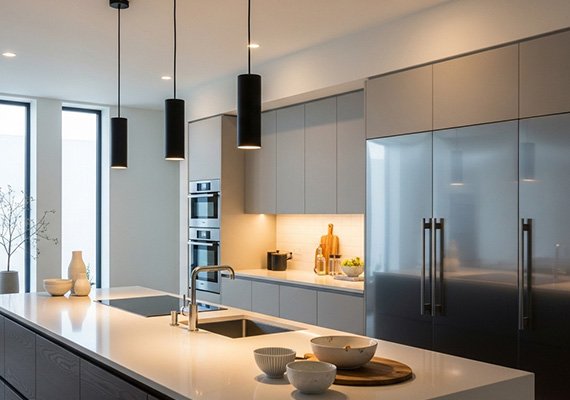
As we conclude our exploration of ‘Lighting Design Ideas for a Modern Home,’ it is clear that lighting is a powerful tool in the arsenal of design, capable of transforming spaces with its subtle nuances and bold statements. Key takeaways for implementing effective lighting design include understanding the importance of layered lighting, which combines ambient, task, and accent lighting to achieve a harmonious balance. Each layer serves a unique function that enhances the functionality and aesthetics of your home. The integration of natural light should not be overlooked, as it brings a vitality and connection to the natural world, elevating the living experience. Furthermore, the selection of lighting fixtures should reflect not only the stylistic preferences but also the lifestyle needs of the inhabitants. As you embark on your lighting journey, remember that the ultimate goal is to create a space that resonates with emotion, functionality, and timeless design principles. At AB Concepts, we believe that every home has a story to tell, and through the art of lighting, we can illuminate those stories, turning everyday spaces into poetic expressions of life. Whether you are refreshing a single room or reimagining your entire home, let light be your guide, transforming your environment into a refined, personal sanctuary.
TRENDING NOW
The Revival of Mediterranean Style: Inspiration for Bright, Timeless Interiors
AB Concepts
Sustainable Architecture Materials: Eco-Friendly Options for Building and Renovating
AB Concepts


